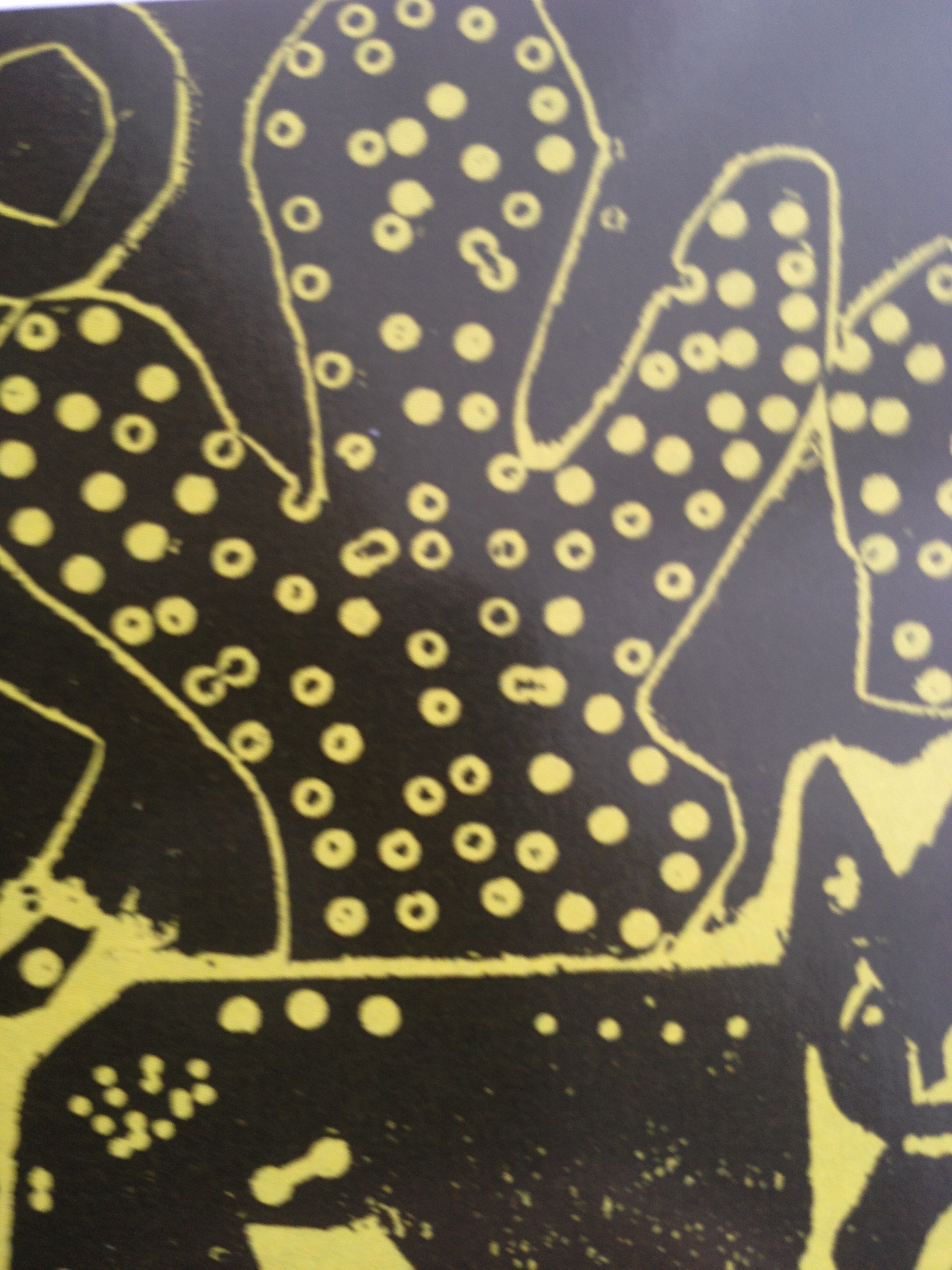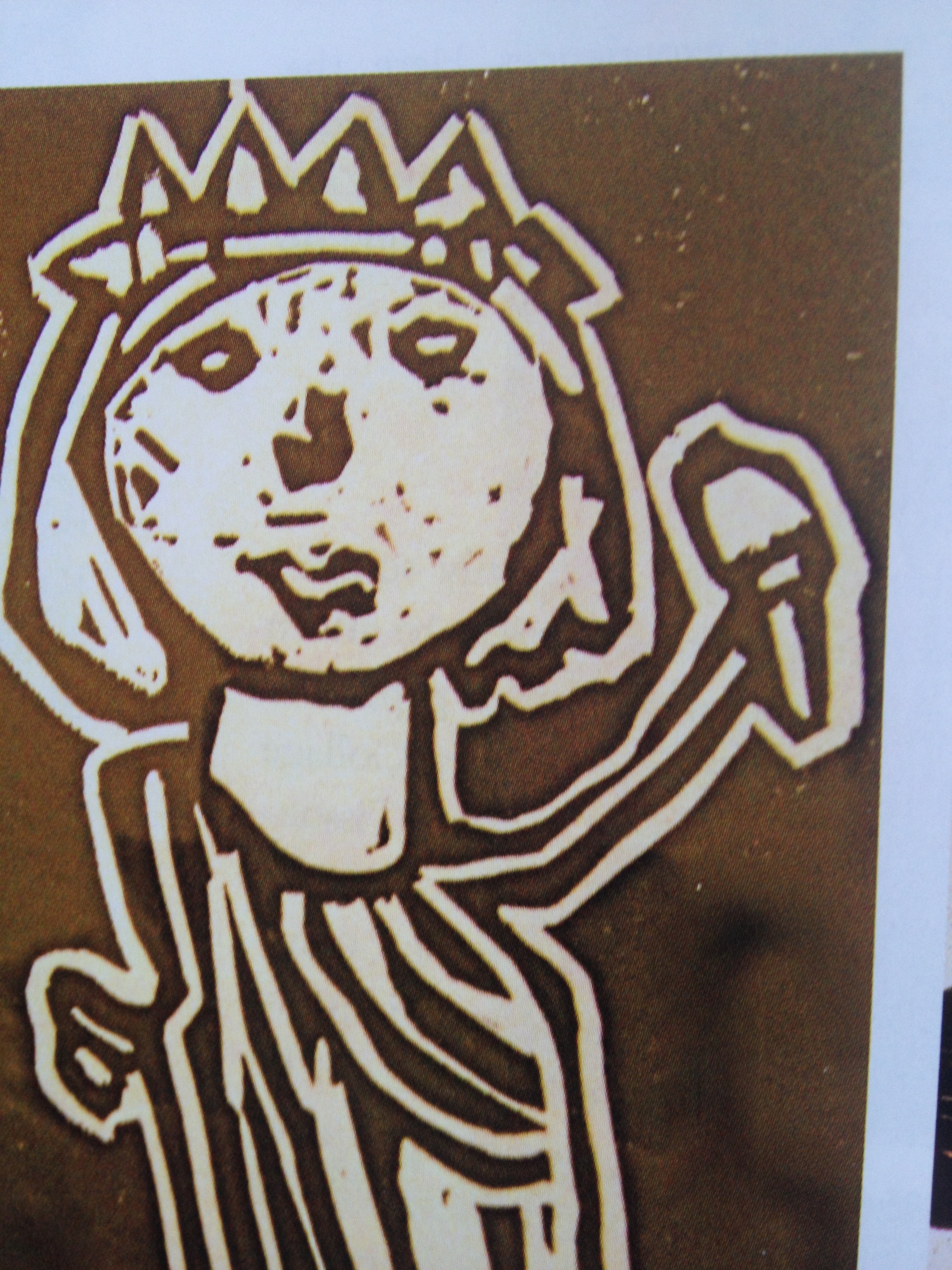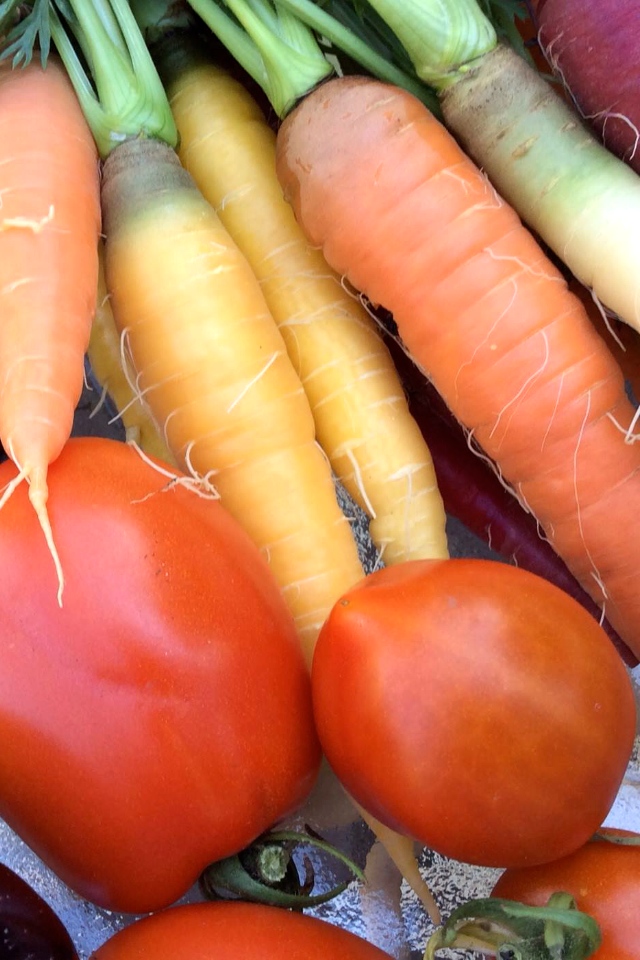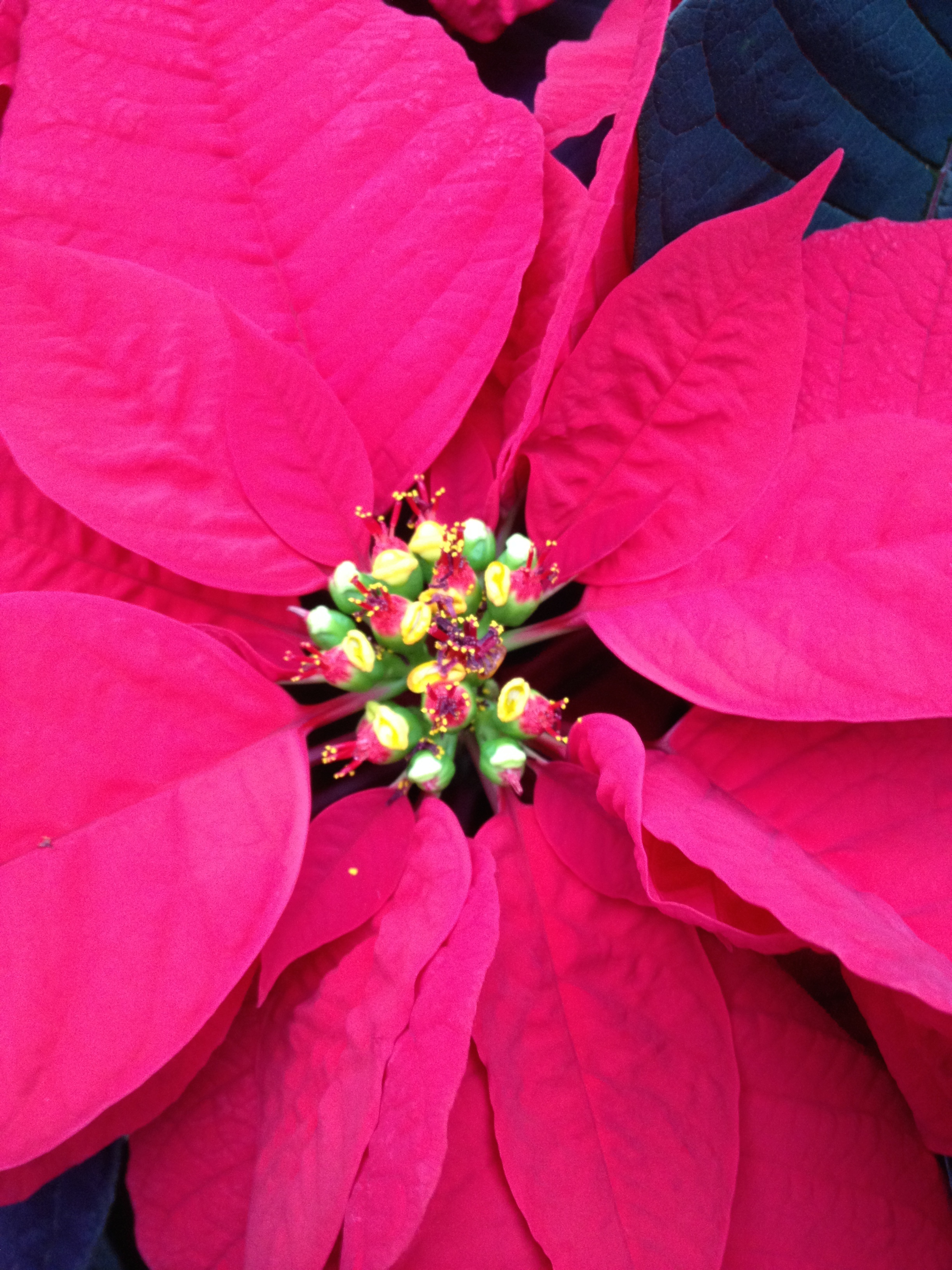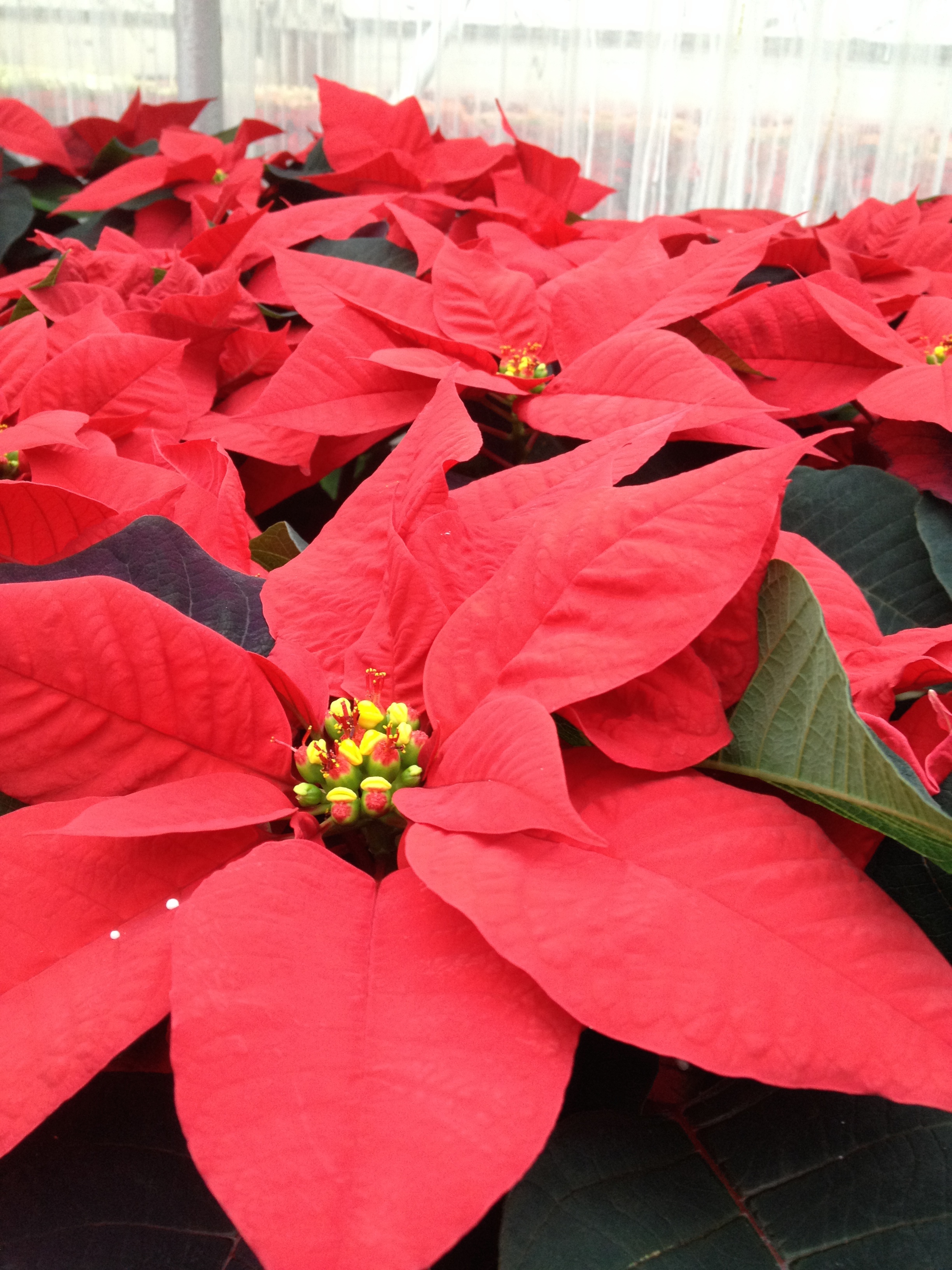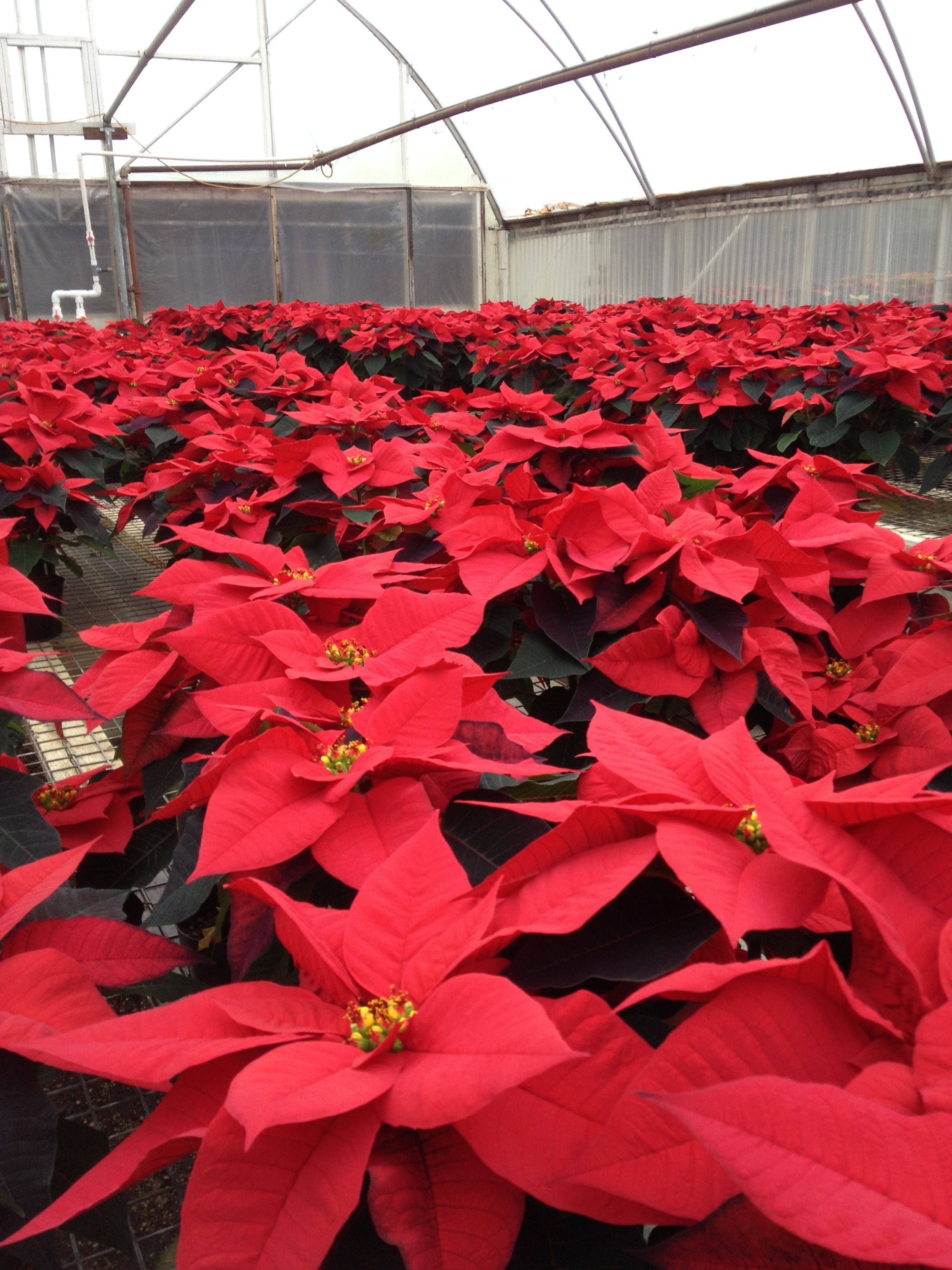I am guessing that you’ve recently provided your students with exposure to poetry – since we are coming to the end of Poetry Month. I also know that you know that the CCSS include items related to proficiency with poetry. Testing season is fully upon us and your attention is likely focused like a laser upon those kinds of tasks, but . . .
Let’s not let Poetry Month end, no matter what the calendar tells us. Let’s squeeze it into every available crack of time – not just for the fun of it (and relief of tension), but because it, like other art forms, helps us to realize our full humanity.
I know that your students would enjoy the following ever-so-quick-to-share poems. I found them all in The Random House Book of Poetry for Children. What’s your favorite anthology?
I’m Glad the Sky is Painted Blue
I’m glad the sky is painted blue,
And the earth is painted green,
With such a lot of nice fresh air
All sandwiched in between.
Anonymous
Dandelion
O little soldier with the golden helmet,
What are you guarding on my lawn?
You with your green gun
And your yellow beard,
Why do you stand so stiff?
There’s only the grass to fight!
Hilda Conkling
The Rain Has Silver Sandals
The rain has silver sandals
For dancing in the spring,
And shoes with golden tassels
For summer’s frolicking.
Her winter boots have hobnails
Of ice from heel to toe,
Which now and then she changes
For moccasins of snow.
Mary Justus








